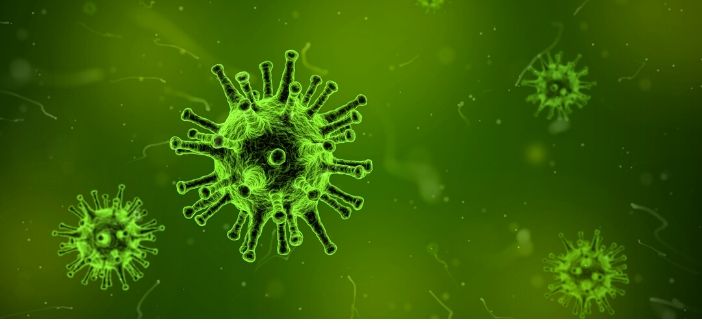Pangolins: the missing link in coronavirus transmission?

Determining exactly how SARS-CoV-2 transitioned from animals to humans is now a top priority for many researchers. Bats are known to be a reservoir host for SARS-CoV-2, but with no established means of transmission to humans. A recent publication in Nature from evolutionary virologist, Edward Holmes (University of Sydney, Australia), sheds light on how an intermediate host may have facilitated this jump, elucidating the origin of the virus and therefore providing more information vital for vaccine development.
The paper details a coronavirus found in the Malayan (or Sunda) pangolin – Manis javanica – that is similar to the virus infecting humans now spreading across the globe.
Pangolins are the most highly trafficked mammal in the world, with Malayan pangolins widely involved in illicit trade across Southeast Asia. The abundance of these animals illegally traded in wet markets across Wuhan (China) could account for the transmission to humans and the rapid initial spread of the SARS-CoV-2 virus.
Metagenomic sequencing identified that the pangolin coronavirus has 85.5–92.4% genomic similarity to SARS-CoV-2.
Holmes stated: “The role that pangolins play in the emergence of SARS-CoV-2 (the cause of COVID-19) is still unclear. However, what is striking is that the pangolin viruses contain some genomic regions that are very closely related to the human virus. The most important of these is the receptor binding domain that dictates how the virus is able to attach and infect human cells.”
By providing the link between pangolins and humans for zoonotic transmission of SARS-CoV-2, the research presents scientific grounding for the closure of wet markets and supports the need to crack down on illicit wildlife trade.
“It is clear that wildlife contains many coronaviruses that could potentially emerge in humans in the future. A crucial lesson from this pandemic to help prevent the next one is that humans must reduce their exposure to wildlife, for example by banning ‘wet markets’ and the trade in wildlife.” Holmes emphasized.
This research was also supported by a recent publication in the Journal of Proteome Research, as researchers from the University of Michigan (MI, USA) assembled draft genomes for SARS-CoV-2 from pangolin lung samples. The analysis of DNA and protein sequences of these samples showed that the domain of the spike (S) protein found in the pangolin coronavirus only differed to the virus found in humans by five amino acids. This research suggests that the virus would have only had to evolve minimally to adapt to a human host. The fact that SARS-CoV-2 has only been found in pangolins, bats and humans suggests that pangolins may have acted as an intermediate host, facilitating the transition from bats to humans. This is further corroborated by studies in which the two sub-lineages of coronaviruses that SARS-CoV-2 is derived from have both been found in independently-tested samples from pangolins from different provinces.
“Coronaviruses clearly have the capacity to jump species boundaries and adapt to new hosts, making it straight forward to predict that more will emerge in the future” concluded Holmes.
Sources:
Lam TT-Y, Shum MH-H, Zhu H-C et al. Identifying SARS-CoV-2 related coronaviruses in Malayan pangolins. Nature. doi:/10.1038/s41586-020-2169-0 (2020) Epub ahead of print.
Zhang C, Zheng W, Huang X, Bell EW, Zhou X, and Zhang Y. Protein structure and sequence reanalysis of 2019-nCoV genome refutes snakes as its intermediate host and the unique similarity between its spike protein insertions and HIV-1. J. Proteome Res. doi:/10.1021/acs.jproteome.0c00129 (2020) Epub ahead of print.